
On a sunny, mid-morning drive through Piatt County a few summers back I was delighted (and a little surprised) to see two young badgers resting near their den. I’d driven that stretch of road thousands of times before and had never seen any evidence of badgers. And research conducted in Illinois found that badgers mostly avoided roads at multiple spatial scales. But no mistaking it. There, in the ditch between the blacktop road and the corn field, was a burrow with a large fan of dark soil surrounding it. And while one of the juveniles quickly shot back into the burrow when I slowed down, the other one let me snap a quick photo before it followed suit, disappearing back into the rich prairie soil.

On my typical drives, a large burrow in a roadside would be home to a woodchuck or sometimes a coyote. But when I saw that badger face, I knew I had to stop. Badgers have that distinctive “look”—those white cheeks, each with a dark cheek patch, and a dark snout with a bold, white stripe running from the nose to the back of the head (and sometimes part-way down the back). They are standouts with their stout, wide-looking bodies, not to mention their short, dark legs, and paws with long claws perfectly designed for digging. Even their fur merits mention. Rather than being gray, the fur of a badger is actually tan or white, with guard hairs that are yellowish at the base, brown or black in the middle, and tipped with white. That’s what gives the badger’s fur an overall appearance of grizzled gray. But somehow, even though they are impressive in photos, photos simply don’t do them justice. Up close they are truly striking animals.
Had I not seen the badgers that morning their burrow would have been a sufficient lure for me to pull over. The tell-tale sign that a badger has been in the area is the presence of their large burrows. They dig horizontal, oval-shaped holes that typically measure 10 to 12 inches wide. The entrance tends to be steep, and there is a large amount of displaced soil around the entrance.

Not wanting to disturb the youngsters more than I already had with the impromptu photoshoot from my car, I didn’t go over to look for tracks. But tracks are often another good way to confirm a badger’s presence in an area. Badgers walk in a pigeon-toed fashion, so their tracks point inward, and their front tracks typically measure 2¾ inches long and 2 inches wide. The front claw marks will be clearly visible, unless the ground is too dry, while their hind tracks are slightly smaller and the rear claw marks usually do not leave an imprint.
I suppose I shouldn’t have been too surprised by the roadside dwellers. Badgers live in open lands such as remnant prairies, pastures, railroad rights-of-way, roadsides, fencerows, or fallow fields. They will also use row crop fields if other more suitable habitat is not available. Research shows that badgers are found statewide, but they are most common in north and central Illinois, becoming less common in the southern part of the state. Some of the highest populations are in sand prairies found in northwestern Illinois and in central Illinois. It has been suggested in the scientific literature that agricultural development allowed a range expansion of this prairie obligate species, but that degradation of burrow and foraging areas, along with the density of roads, may limit badger population growth in Illinois.

So I count myself lucky to have seen two badgers at the same burrow. Badgers are typically solitary animals, except during the breeding season when the female raises the young. Breeding occurs in the late summer and the young are usually born the following spring in March or April. Litters generally consist of one to five young, but two or three is typical. Young badgers start leaving the den around a month or month and a half and are fully weaned by three months old. They stay with the female throughout the summer, and then they leave to find their own territories.
While badgers are nocturnal, they are sometimes seen during the day. They are strong, fast diggers, and are known to be capable of burrowing through thick substrates—even through roads and thin concrete!
Badgers dig multiple burrows, and during the summer months males (and females without young) change dens regularly. During the winter, badgers will use their dens to shelter against the cold. While badgers go into a state of inactivity during the colder months, with their body temperature and heart rate dropping, they are not true hibernators. And their dens sites don’t just benefit themselves. Abandoned badger burrows are often taken over by other wildlife.
Badgers mainly prey on ground squirrels, pocket gophers, and woodchucks, digging to catch them in their burrows. They will also eat mice, voles, rabbits, bird eggs, snakes, frogs, insects, and on occasion, plants such as corn or berries.

In Illinois, badgers are protected by the Illinois Wildlife Code as a furbearer, and it is illegal to take a badger in Illinois except by trapping. Badgers that are causing property damage may be trapped or removed if a nuisance animal permit has been issued by an Illinois Department of Natural Resources district wildlife biologist. Badgers may be trapped from mid-November to mid-February in Illinois. There is a limit of two per person per season in northern Illinois and one per person per season in southern Illinois. Current hunting and trapping seasons and regulations can be found in the Illinois Hunting and Trapping Digest.
After that summer I didn’t see any more evidence of the badgers. Perhaps they moved on to better habitat or perhaps the farmer decided not to share the roadside. But I still hope one day I need to pull over quickly to grab some new photos of this stunning mammal. To learn more about the badger visit Wildlife Illinois.
Laura Kammin is a Natural Resources Specialist with the National Great Rivers Research and Education Center. She formerly held positions at Illinois-Indiana Sea Grant, University of Illinois Extension, Prairie Rivers Network and the Illinois Natural History Survey. She received her master’s degree in wildlife ecology from the University of Illinois, Urbana-Champaign.






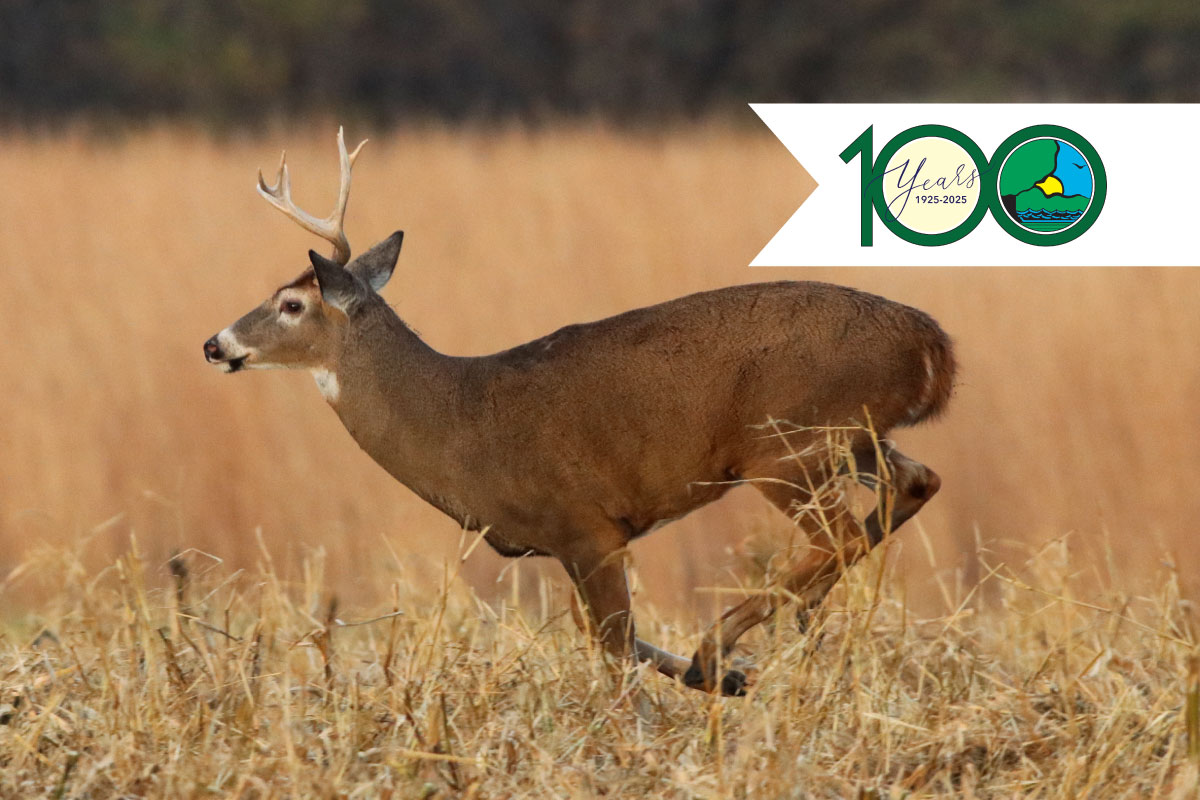
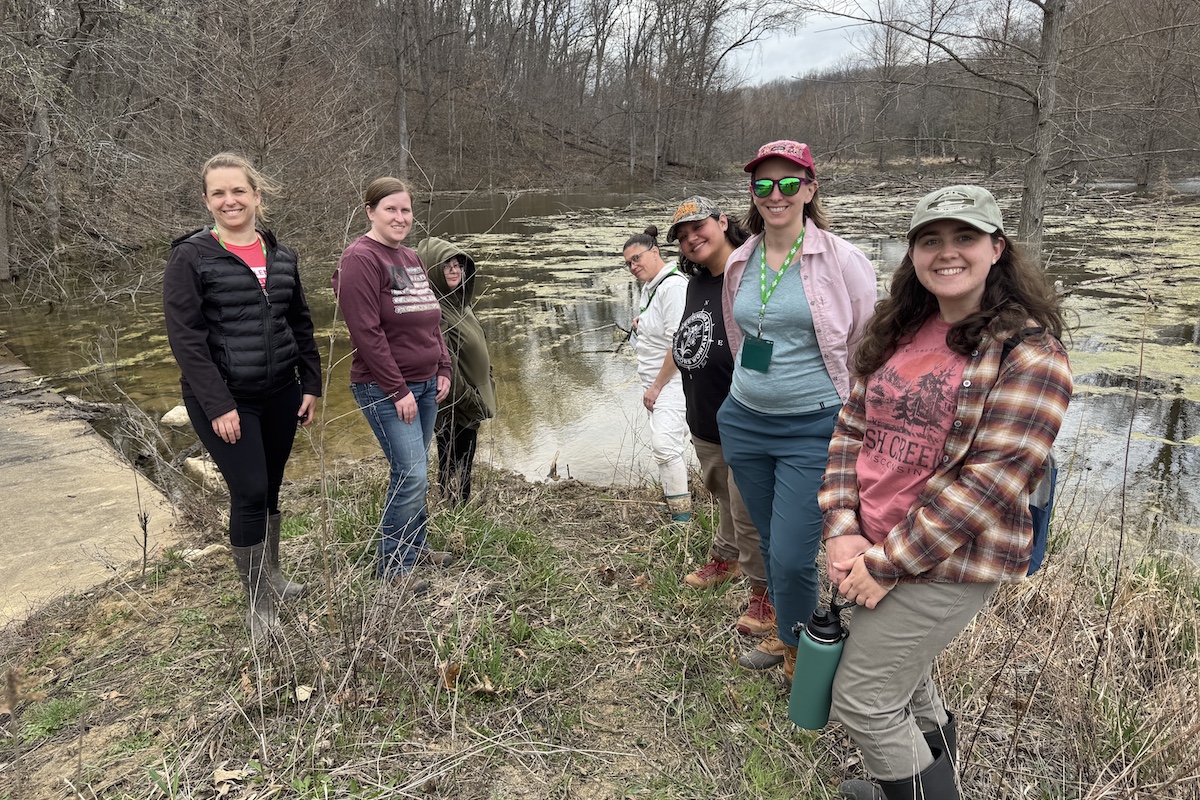
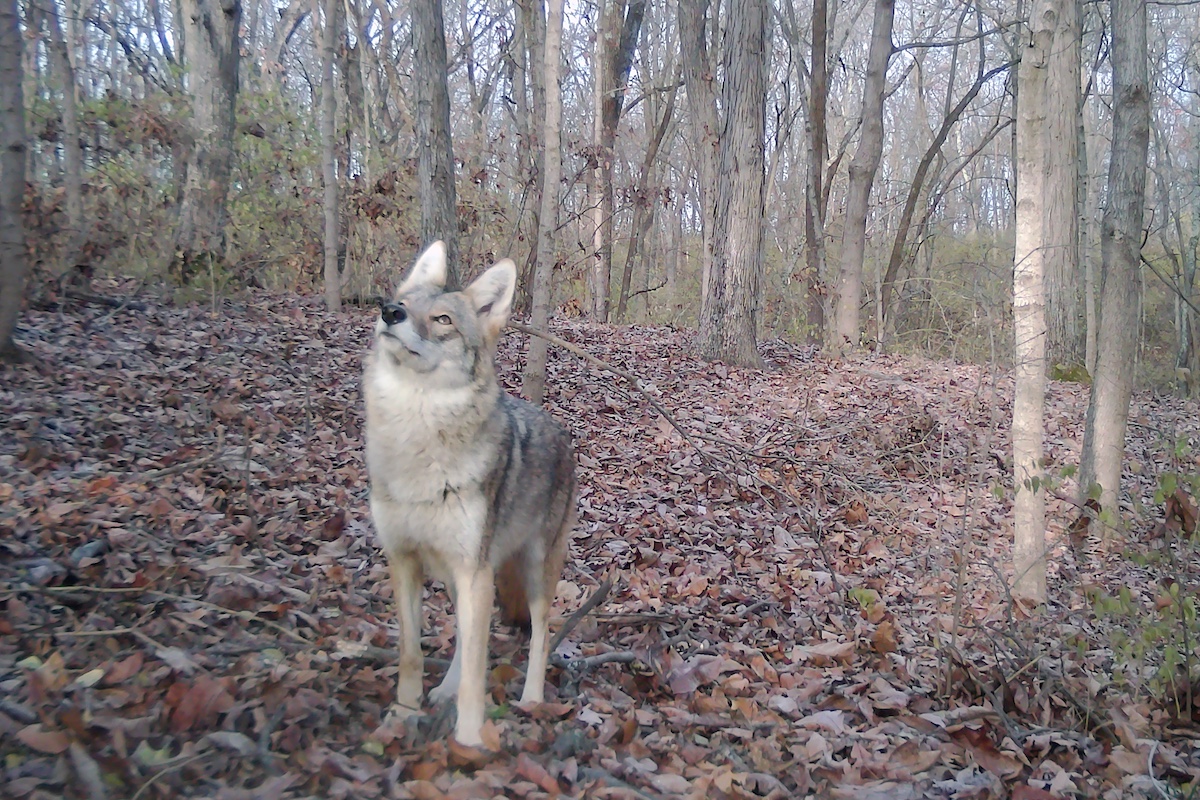
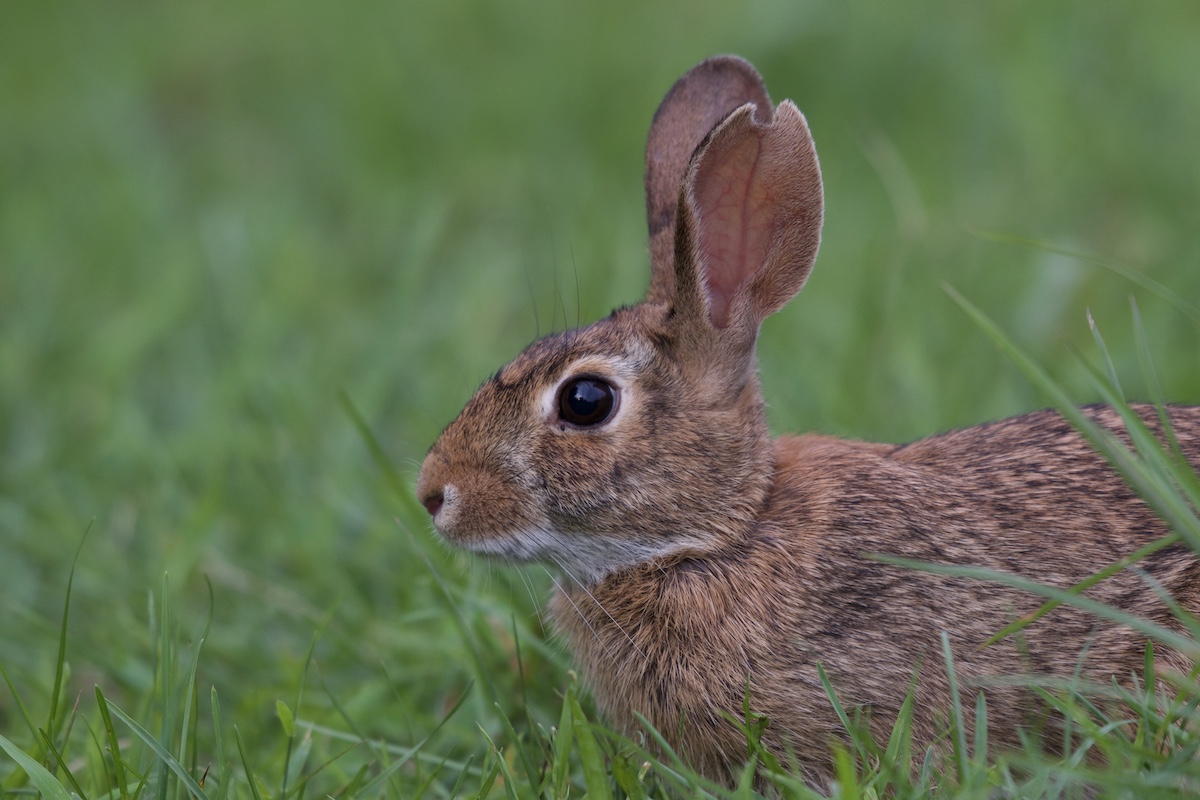
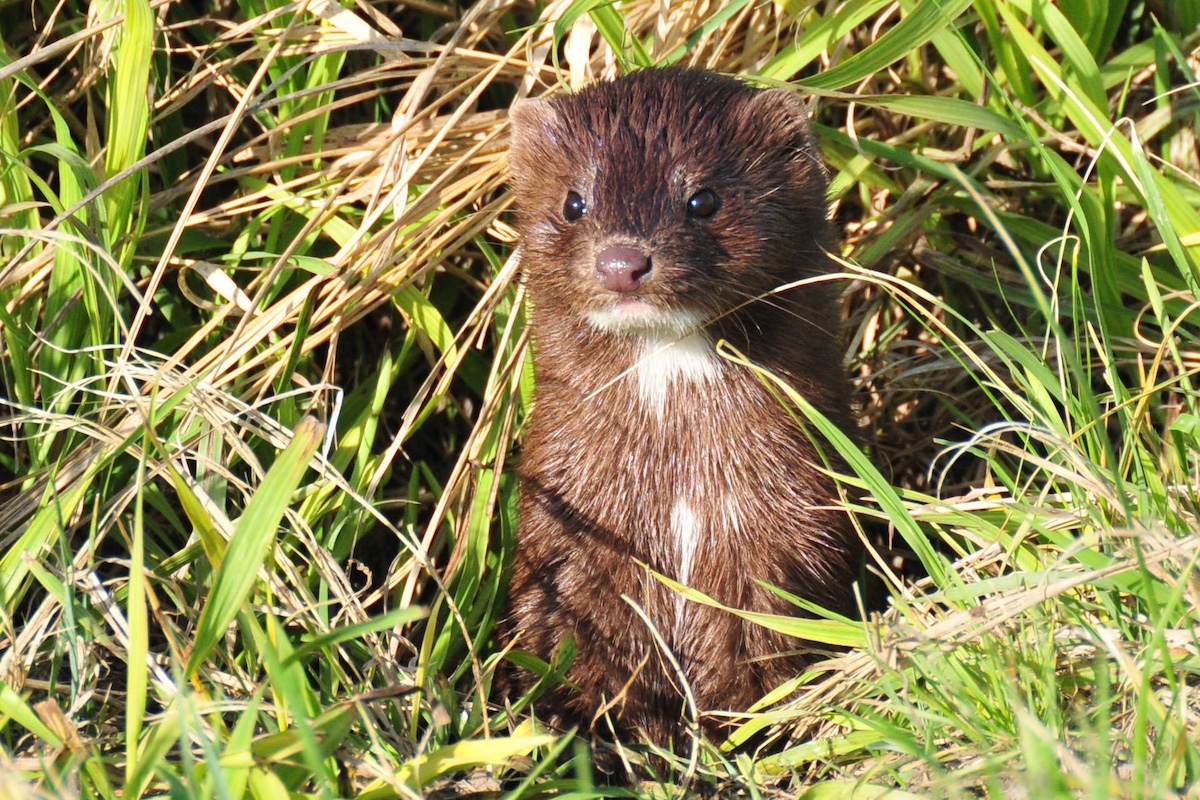
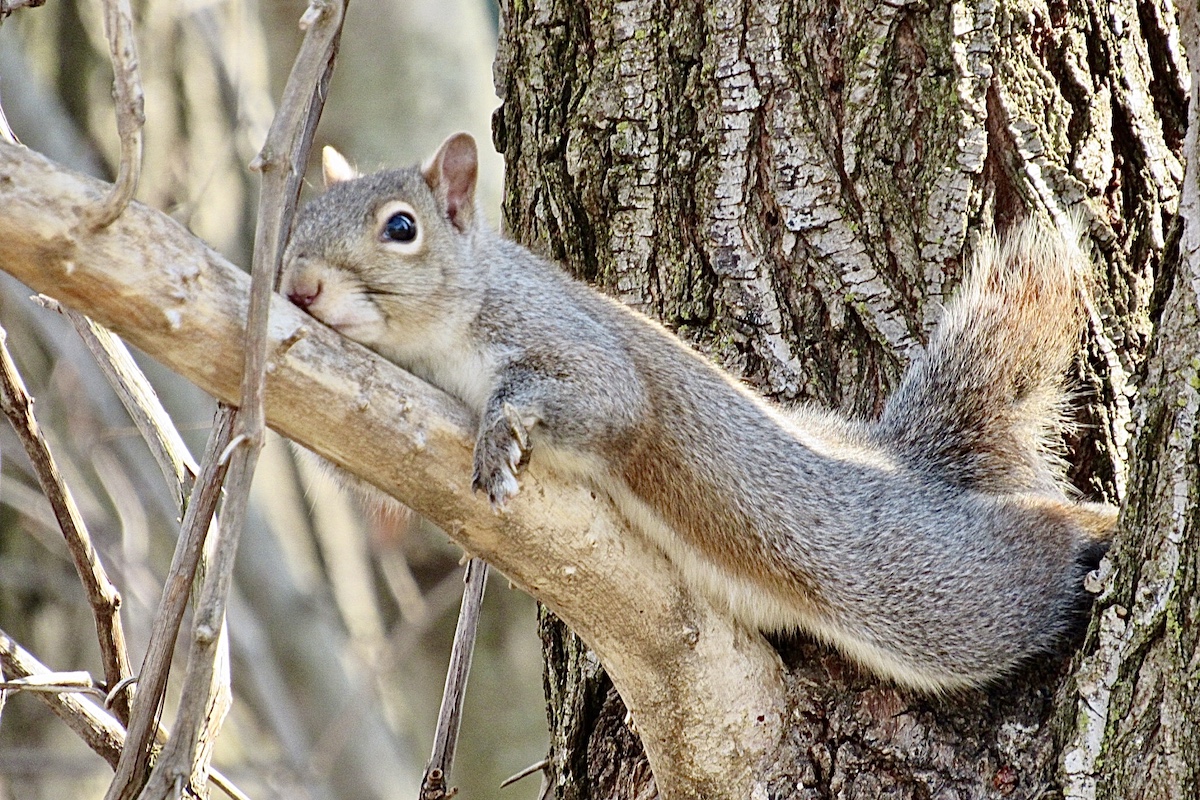




Submit a question for the author
Question: My Cousin Rick takes care of a small country airfield not far from me. We drove past today and parts of his landing strip is being devastated by Badgers. I have a gun. Then read your article . Whom should I call for Bureau County,IL.